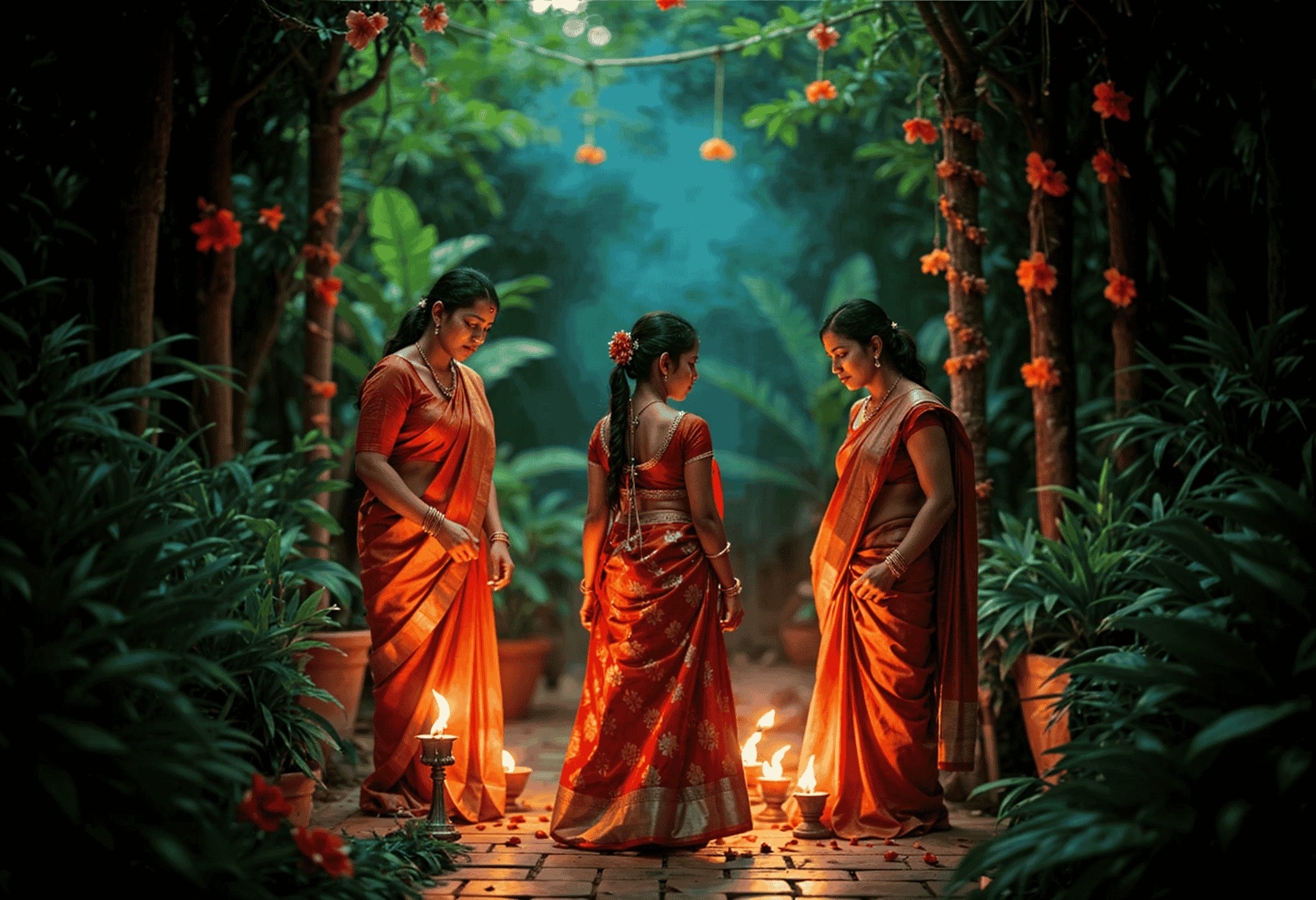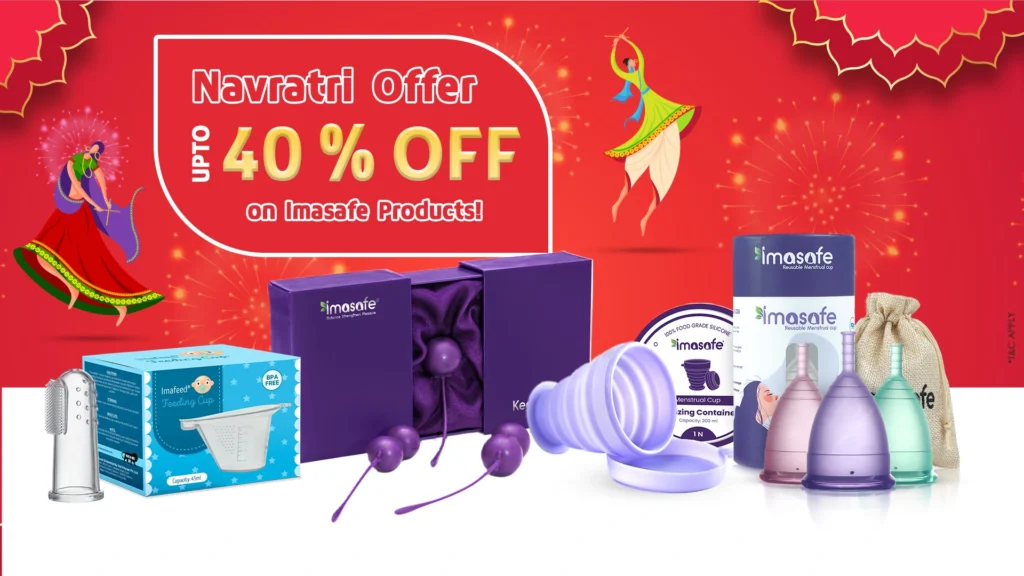In today’s fast-changing society, women are always adapting to new trends, technologies, and lifestyle changes. Many traditional behaviors and customs that were formerly significant turning points in a woman’s life are becoming less significant in spite of this fast modernization.
One specific ritual that is diminishing is the observance of a girl’s first menstrual period, especially within South Indian culture. This ritual, previously considered a crucial step into womanhood, carries significant cultural importance but is slowly becoming less common.
Continuing our modernization efforts requires us to contemplate these rituals and grasp their fundamental significance. These rituals were created not only as cultural symbols but also as opportunities for young girls to feel empowered, commemorating their journey from girlhood to womanhood. Can we find a way to respect our traditions while also accepting the advancements modern science provides?
The South Indian Puberty Ritual – A Vanishing Celebration
In many South Indian communities, when a girl has her first period, it’s celebrated with a grand ceremony, often referred to as “Ritu Shuddhi” or “Lagna Dhare”. This event marks her transition into womanhood, acknowledging her ability to bear children in the future.
The ceremony typically includes:
- Seclusion Period: The girl is kept in seclusion for a few days, symbolizing her transformation and the importance of rest during her period.
- Ritual Bathing: “Mangala Snanam” After the seclusion, a ceremonial bath is performed, using herbs and turmeric for purification.
- Puja (Prayer Ceremony): Deities are prayed to, typically to seek blessings for the well-being, prosperity, and future fertility of the girl.
- Feast and Gifting: Loved ones and friends come together to mark the occasion with presents, a banquet, and customs that emphasize the significance of this transitional moment.
However, in modern times, these rituals are slowly being forgotten, particularly in urban settings. Families either simplify the ceremonies or forego them altogether due to changing social dynamics and evolving lifestyles.
“During my first period, about 10 years ago, the ritual was performed for me, but I was embarrassed by it. Growing up in Mumbai, very few people knew about this tradition, and at that age, my friends used to make fun of it. I remember feeling awkward and ashamed as I went through the rituals, thinking it was unnecessary in our modern world. As I look back on it, I understand the significance it holds. The ceremony wasn’t solely focused on my first period; it encompassed the honoring of womanhood, the encouragement from my family, and the recognition of the physical and emotional transformations I was experiencing. What once felt like a strange custom, I now see as an opportunity for girls to be guided through a significant life transition?”
As more families move away from traditional rituals, there’s a sense of loss regarding the communal support these ceremonies offered. But it’s essential to recognize that while rituals evolve or fade, the underlying principles—celebration, education, and empowerment—are still important. Modern women can still acknowledge these transitions, albeit in different forms, tailored to their comfort and lifestyles.
Growing with Modern Trends While Staying Rooted
Embracing the past doesn’t mean resisting progress. Following age-old rituals doesn’t imply that one is against modern solutions. Today, we have numerous innovations that help us manage menstruation more effectively, and one of the best examples is the menstrual cup.
Working with Ami Polymer Pvt Ltd, brand Imasafe, I’ve had the opportunity to deeply understand and analyse the menstrual cup’s benefits. By offering a long-term, reusable substitute for conventional pads and tampons, menstrual cups not only address a number of period-related problems but also support environmental sustainability. They exemplify our ability to adapt to the changing times while considering our environmental footprint.
In addition to addressing several contemporary concerns, such as comfort, sustainability, cost-effectiveness, and hygiene, the menstrual cup also resolves one of the biggest problems of our time: waste management. Modern women can adopt an environmentally responsible option that is consistent with contemporary beliefs and acknowledge the significance of menstruation health and awareness by switching to menstrual cups.
In conclusion, while we may no longer celebrate first periods with the same grandeur as before, the values that these rituals emphasized—acknowledgment, care, and empowerment—remain timeless. By blending modern solutions like menstrual cups with a respect for our cultural roots, we can continue to evolve while honouring the journey from girlhood to womanhood.
Modern women can take the lead by fusing the greatest aspects of both cultures, staying true to their traditions while embracing innovative ideas.






4 thoughts on “From Tradition to Innovation: Celebrating Womanhood in the Modern Age”
Baddiehub I really like reading through a post that can make men and women think. Also, thank you for allowing me to comment!
Noodlemagazine I appreciate you sharing this blog post. Thanks Again. Cool.
hentairead I just like the helpful information you provide in your articles
Puraburn Awesome! Its genuinely remarkable post, I have got much clear idea regarding from this post . Puraburn